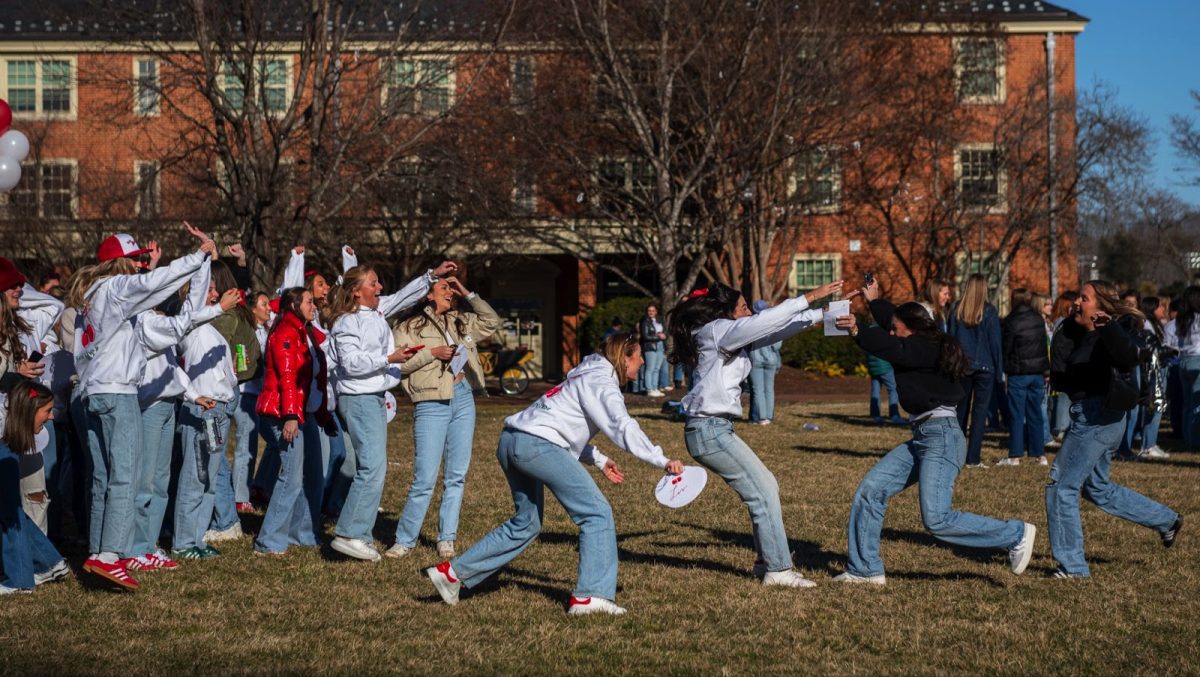By any reasonable standards, Janet Yellen’s four years as chair of the Federal Reserve — a singularly important job in the global economy — were a success.
Unemployment fell steadily, inflation remained slow and stable, and the Federal Reserve was able to begin unwinding the extraordinary measures it took in the aftermath of the Great Recession.
People who don’t agree on much else have reached the consensus that Yellen, who was the first female leader of the U.S. central bank in its 100-year history, has a stellar record.
Yet despite all that, in a significant departure from precedent, President Donald Trump failed to reappoint her. Nor did he choose someone with a drastically different philosophy on monetary policy. He chose Jerome Powell, a current Federal Reserve governor who is expected to stay the course that Yellen set.
For some Federal Reserve watchers, the decision to replace a superlatively smart and qualified woman with “Yellen lite” spotlights a dynamic that is endemic to the economics profession and distressingly familiar to many female economists. To be sure, over the past several decades, female representation has made progress by leaps and bounds in science, technology, engineering and math, but the percentage of women in the economics profession has remained stagnant at a low level over the past 20 years.
Economics is now more male-dominated than chemistry, biology or industrial engineering.
Moreover, a research paper by Alice Wu, an economics student at University of California-Berkeley, identified and quantified a significant degree of hostility towards female economists from their male colleagues.
In posts to an online forum frequently used by economists, particularly younger members of the field, words commonly used to describe female economists made for uncomfortable reading: “hotter,” “feminazi,” “gorgeous,” “crush,” “sexy,” “prostitute” and “pregnant,” to name a few.
Words used in discussions about male economists were actually relevant to economics, such as “Austrian” (a school of thought in economics), “mathematician,” “pricing,” “recession” and “Nobel.”
Another study found that when women co-author economic research with men, their marginal payoff is much less than that of their male co-authors. Considering this context, it is unsurprising that in the time period from 2011 to 2015, only 31 percent of BAs in economics were awarded to women. More women in the field would undeniably change the landscape.
But when this kind of an environment exists, it’s understandable why many women choose to pursue something else.
Unfortunately, female representation in the economics major at Wake Forest isn’t any better than the national average and isn’t promising for the future diversity of the profession.
On average, between 2011 and 2015, just 25.4 percent of economics BAs at Wake Forest were awarded to females, compared to 52.4 percent of BAs in all disciplines. The gender imbalance of both students and professors in my classes has been strikingly apparent.
At present, only three out of 23 economics faculty members are female, including visiting and research professors.
After taking four economics classes in high school and college and studying the work of economists from Keynes and Hayek to Thaler, I am discouraged to report that I have not once been taught a major theory whose architect was a woman.
Only one woman has ever won the Nobel Prize in economics — Elinor Ostrom in 2009 — and before behavioral economist Richard Thaler won this year, not a single woman was on lists floating about guessing who the winner would be.
I have sympathy and empathy for other women who feel like they don’t have a place in a field that is to this day dominated by a similar demographic to the one that dominates the pages of our economics textbooks.
As any economist would know, it’s impossible to achieve the optimal allocation of human capital when a chunk of the population is excluded.
And if female economists approach public policy questions such as minimum wage and labor regulation differently than their male counterparts, their proportional representation will certainly lead to better and more creative outcomes.
When the group of decision-makers looks more like “everyone,” everyone does a whole lot better.













